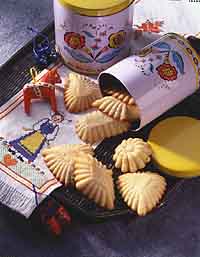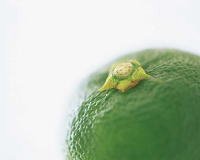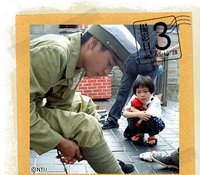50 yen avocado


On the way back to Yurakucho station after dragging a friend of mine with me to see Free Zone at the filmex film festival,(see it if you can find it. it won awards at the Cannes film festival) we were wandering down a small side street with several green grocers on it.
We walked past one of them that had typical fare at typical prices. Except one thing. Avocados.....for 50 yen. 50 yen! At the exchange rate of 117 yen to the dollar right now, that makes this guy less than 50 cents. Typically, avocado here are about 3 times that price, as was evidenced as walked by a stall later on the street (me with avocado already in hand) at 138 yen.
I was shocked. I asked him if the price is always this cheap, and he said yes. I love using avocados, but they' re awful expensive here, so I rarely buy them.
One of my favorite uses for avocados is, duh, guacamole. A rarity here, I was actually at a Mexican resturant for a friend's birthday party the day before this. I ordred the guacamole, and was almost eating it with a spoon.
It was good and certainly enjoyable. This might be exchanging one gringo ingredient for another, but I really don't like putting tomatoes in my guacamole. Instead, I almost always use red onion. I used the below recipe in one of my cooking classes awhile back. Looks like I'll be making this a lot more now.
GUACAMOLE
2 avocados
1/4-1/2 small red onion, finely chopped
Lime juice
crushed red pepper (preferably by hand)
Use avocados which you can peel the skin from. Cut the avocado in half and twist to remove pit from one half. Remove skin and pit and then cube. Add enough lime juice to keep the avocado from browning (a tsp or so). And onion and red pepper and lightly chop until the ingredients are evenly mixed but the avocado is still somewhat chunky.
Read the whole post.




